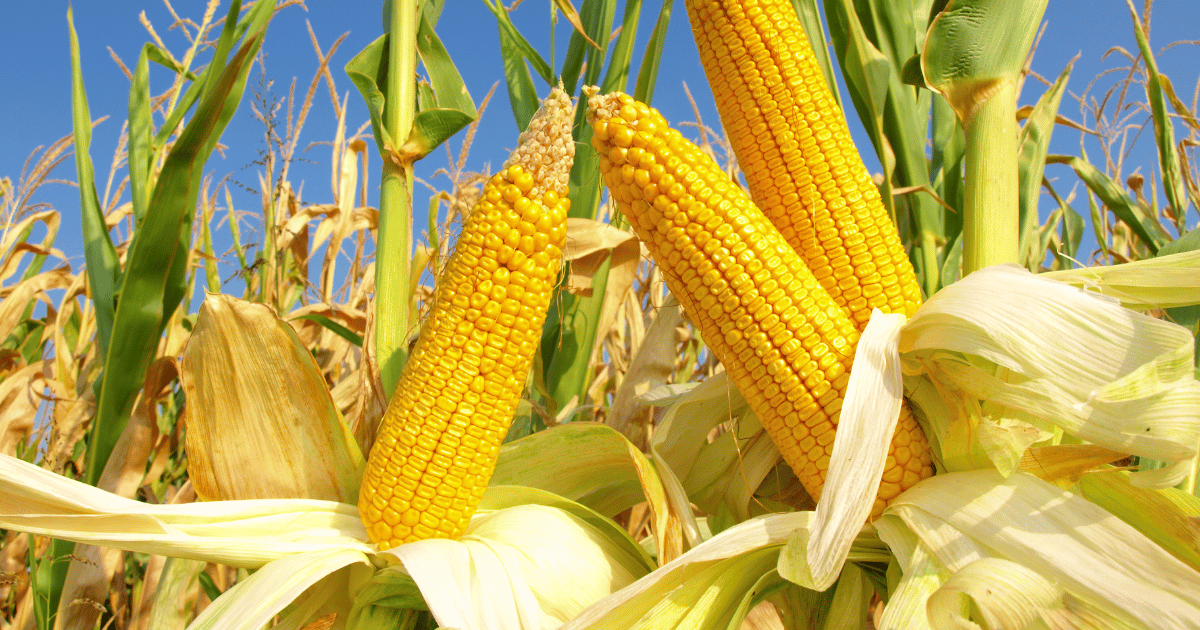BLOGS

Boosting Corn Yield: Harnessing the Power of Nitrogen Fixation and Soil Microbes for Enhanced Soil Nutrient Cycling
As a corn farmer, optimizing soil fertility and maximizing crop yield are top priorities. Understanding the roles of nitrogen fixation, mycorrhizal fungi, and soil microbes is crucial for achieving these goals. In this blog post, we will explore how these natural processes can significantly improve soil nutrient availability and enhance overall corn plant health, ultimately leading to increased productivity on your corn farm.
Nitrogen Fixation: Unlocking Corn's Nitrogen Potential Corn requires a substantial amount of nitrogen for robust growth and high yields. Nitrogen-fixing bacteria hold the key to accessing this vital nutrient efficiently. By converting atmospheric nitrogen gas into plant-usable forms like ammonium and nitrate, these remarkable microorganisms provide corn plants with a readily available nitrogen source. Whether through symbiotic relationships with leguminous cover crops or through free-living bacteria in the soil, harnessing nitrogen fixation reduces the need for synthetic nitrogen fertilizers, lowering costs while minimizing environmental impact.
Mycorrhizal Fungi: Unleashing Phosphorus for Corn Success Phosphorus is another essential nutrient crucial for corn growth and development. Mycorrhizal fungi form a beneficial partnership with corn roots, extending their hyphae into the soil to extract phosphorus from areas beyond the reach of the plant's roots. In return, the fungi receive carbohydrates produced by corn through photosynthesis. This mycorrhizal network acts as an extended root system, significantly enhancing phosphorus uptake and promoting healthy corn plant growth. Incorporating mycorrhizal fungi into your corn farming practices can lead to reduced phosphorus fertilizer requirements, ensuring optimal nutrient use efficiency.
Soil Microbes: Key Players in Nutrient Cycling Soil microbes, including bacteria and fungi, are essential for unlocking the full potential of nutrient cycling in your corn farm. They break down organic matter, releasing valuable nutrients such as nitrogen, phosphorus, and potassium. Additionally, certain soil microbes produce organic acids that increase potassium availability by enhancing cation exchange capacity. By facilitating nutrient decomposition and release, soil microbes create an environment that promotes healthy corn plant growth. Their presence in the rhizosphere, the area surrounding corn roots, is particularly beneficial as they aid in nutrient uptake, further optimizing corn plant nutrition.
Conclusion: As a corn farmer, harnessing the power of nitrogen fixation, mycorrhizal fungi, and soil microbes is vital for maximizing your corn yield. By leveraging nitrogen fixation, you can reduce dependency on synthetic fertilizers, benefiting both your farm's bottom line and the environment. Incorporating mycorrhizal fungi into your practices enhances phosphorus availability and improves nutrient utilization, contributing to healthier corn plants. Nurturing soil microbial communities ensures efficient nutrient cycling and promotes overall soil health. Embrace these natural processes to cultivate thriving corn crops, increase productivity, and achieve long-term sustainability on your corn farm.

©2021 TeraGanix Holdings LLC. All rights reserved

©2021 TeraGanix Holdings LLC. All rights reserved



